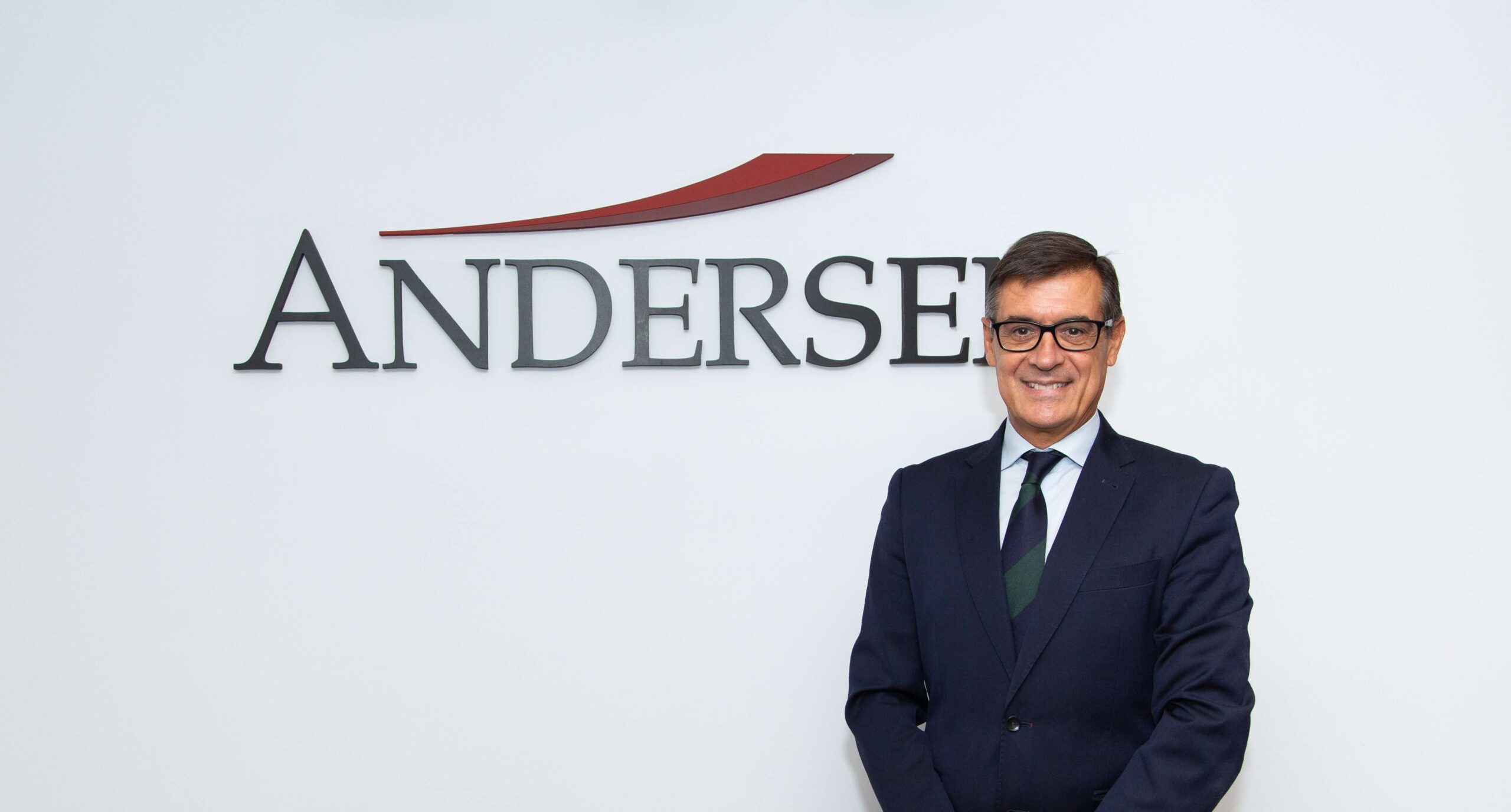Let's ask ourselves a seemingly simple question: if, thanks to new technologies, agile methodologies and the possibility of shedding routine tasks, an employee is better able to complete his or her work sooner, who wins? Option A: the employee, who will have more free time. Option B: the company, which will be able to order more for less from that employee, increasing their productivity. Option C: the customer, who will see their expectations fulfilled thanks to an employee who is more involved with their needs.
The answer to this question is open-ended, but only one is symptomatic of a forward-thinking business mindset. To shed light on the best answer, let's look at a recent Gartner survey: 17 out of 20 customer experience executives believe that employee engagement has an equal or greater impact than other factors such as project management or data analytics skills.
Customer Experience is "a people issue," says Gartner research vice president Olive Huang: "In some cases, the best technology investments have been derailed by employee factors such as lack of training or incentives, low morale or commitment, and poor communication of goals.
The study was conducted in February and March this year and involved 209 respondents from a wide range of industries and company sizes across seven countries: the UK, US, Australia, Singapore, India, Canada and New Zealand. All were involved in customer experience, with seven out of ten in a leadership position, and one in five reporting directly to their company's CEO.
From all these surveys, there is one key lesson: there is no single system by which to ensure a better Customer Experience, but there is consensus that without engaged employees, any investment in technology or otherwise is doomed to fail. "The data tells us that there is no CX silver bullet," Huang adds. "CX leaders face a wide range of choices about project priorities and the mix of technology projects and skills needed to succeed."
An example of this is provided by Tim Dimond-Brown, vice president of sales and operations at Quadient (Customer Experience software), talking about the evolution in a sensitive industry such as banking: "To ensure an excellent customer experience across a wide range of channels, from telephone to Internet chat, banks must ensure that employees are engaged and trained to talk to and understand customers. At a basic level, this means enabling employees to have access to all the information they need about a customer, including all previous conversations, at the time they speak to them. Without this, the result will be a frustrating customer and worker experience, and ultimately less engaged employees who deliver a less satisfying experience."
Only on this basis can other priorities be addressed, such as investments in technologies, which continue to occupy a large part of the daily agenda of Customer Experience managers. And no wonder: business process management, Voice of Customer (VoC), user experience (UX) tools and Artificial Intelligence (AI) systems are just some of the names that are set to play a leading role in the immediate future of this discipline.
This could mean that it is easy to deviate from the priority (employees involved), because technology pushes us to pay attention to virtual customer assistants (VCA), chatbots and automated virtual assistants (AVA), and even the blockchain system (the well-known Blockchain), which is also present as an immediately applicable technology.
But all this technological acronym soup also has another reading: tools that offer actionable information and a unified experience in all systems make an employee's work not only more efficient, but also more pleasant. If we are able to understand that this has a direct impact on the customer, we will have gained two followers (employee and customer) for the price of an investment that we must make if we do not want to be left out.
If we go back to the question with which we started these lines, we said: who wins: employee, company or customer? It is a trick question. Let's put the equation in the right order: for there to be a company, there have to be customers, and once there are customers, we need employees to serve them; if we turn the formula around: for every employee involved, we will have dozens of satisfied customers... and therefore a winning company. It's a win-win. Everybody wins.
Photo by Clem Onojeghuo on Unsplash






